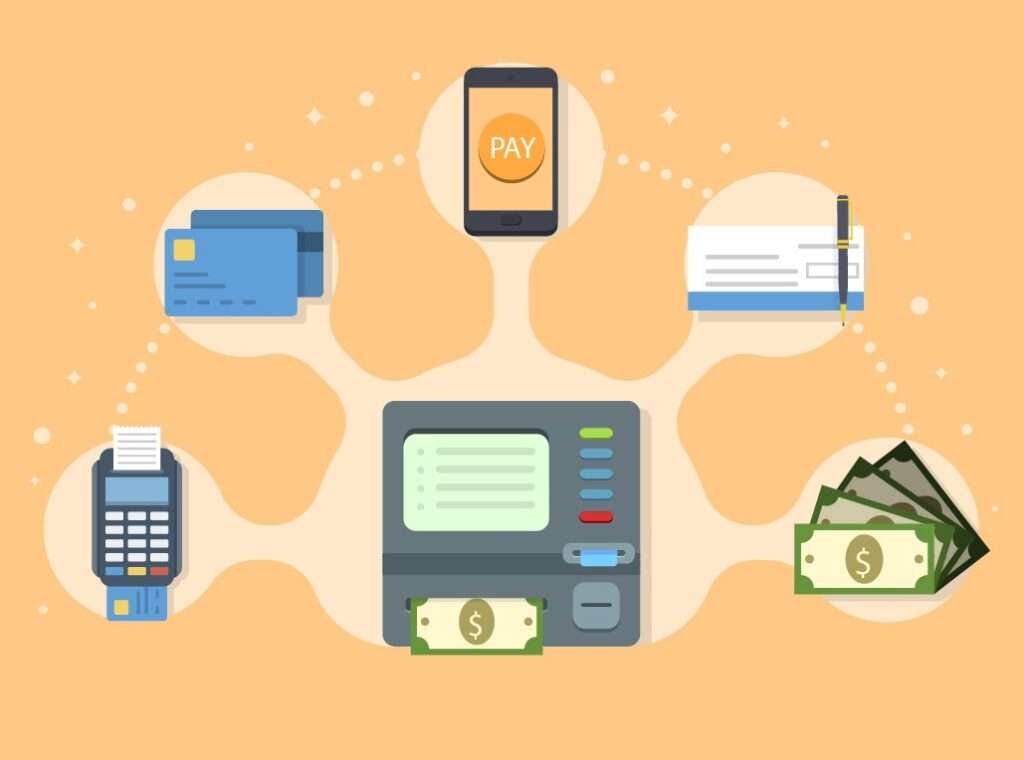AUTHOR : ISTELLA ISSO
DATE : 23/11/23
Introduction
In the sprawling landscape of India’s financial ecosystem[1], the evolution of payment processing has witnessed a remarkable journey. From traditional methods to cutting-edge digital solutions, the payment processing[2] landscape in India has transformed significantly, mirroring the rapid technological advancements in the country.
Evolution of Payment Processing in India

Traditionally, cash transactions dominated the Indian economy. However, the advent of digital payment solutions has brought about a revolutionary shift. The journey from barter systems to mobile transactions[3] marks a significant evolution in the way payments are processed in the country.
The Role of Digital Wallets
Digital wallets[4] have emerged as game-changers in the Indian market. Offering convenience and flexibility, these wallets have become an integral part of everyday transactions. While the ease of use is undeniable, challenges such as security concerns and limited acceptance in certain areas persist.
Mobile Banking and Payment Apps
The rise of mobile banking[5] has been a key driver in reshaping the payment processing landscape. With the proliferation of smartphones, mobile payment apps have become increasingly popular. Users can now seamlessly conduct transactions, pay bills, and manage their finances with a few taps on their mobile screens.
UPI (Unified Payments Interface) Revolution
The introduction of the Unified Payments Interface (UPI) has been a watershed moment in India’s payment history. UPI enables instant money transfers between banks through mobile devices with the utmost ease. Its exponential growth and widespread adoption highlight the acceptance of digital payment systems among the masses.
Challenges in Payment Processing

Despite the rapid strides, challenges persist. Security concerns in online transactions remain a focal point. Additionally, navigating through regulatory hurdles poses a continuous challenge for payment processor in India.
Innovations in Payment Technology
In the pursuit of enhanced security and efficiency, payment processors are exploring innovative technologies. Blockchain, with its decentralized and tamper-proof nature, holds promise. Artificial Intelligence is also playing a crucial role in detecting and preventing fraudulent activities.
Impact on Businesses
Efficient payment processing is not just a convenience for consumers but also a strategic advantage for businesses. The integration of seamless payment gateways is particularly crucial for the thriving e-commerce sector, providing a smooth experience for online shoppers.
The Indian government has played a pivotal role in shaping the payment landscape. Regulatory frameworks have been established to ensure the security and transparency of digital transactions. Compliance requirements for payment processor aim to create a robust and accountable ecosystem.
Future Trends in Payment Processing

The journey doesn’t end here. Emerging technologies like biometrics and contactless payments are poised to revolutionize payment systems further. Predictions indicate a future where transactions are not only swift but also more secure and personalized.
Consumer Experience in Payment Transactions
User experience is paramount in the digital era. Payment processors are investing heavily in creating user-friendly interfaces to enhance customer satisfaction. The emphasis is on making transactions quick, secure, and devoid of unnecessary complications.
Global Comparisons in Payment Processing
How does India fare on the global stage in terms of payment innovations? Learning from global best practices and understanding the cultural nuances of different countries can contribute to the continuous improvement of India’s payment processing ecosystem.
Case Studies of Successful Payment Processors
Profiles of leading payment processing companies in India reveal the diversity of approaches. From startups to established giants, these companies have played a pivotal role in shaping the industry. Examining their strategies and market share provides valuable insights.
Educational Initiatives in Financial Literacy
Amidst the digital revolution, it’s essential to ensure that every citizen is financially literate. Initiatives aimed at educating the public about digital transactions and financial management contribute to building a financially inclusive society.
Conclusion
In conclusion, the payment processing landscape in India is a dynamic and evolving ecosystem. The journey from cash transactions to digital innovations showcases the adaptability of the Indian consumer. As technology continues to advance, the future promises a seamless, secure, and efficient payment experience for all.
FAQs
Is it safe to use digital wallets for transactions in India?
Digital wallets employ robust security measures, making them a safe choice for transactions. However, users should follow best practices for online security.
How has UPI changed the way we make payments?
UPI has revolutionized payments by enabling instant transactions between banks through mobile devices, eliminating the need for traditional methods.
What role does the government play in regulating payment processors?
The government establishes regulatory frameworks to ensure the security and transparency of digital transactions, holding payment processors accountable.
Which emerging technologies are set to shape the future of payment processing?
Biometrics, contactless payments, and other innovative technologies are expected to redefine payment systems, making them more secure and personalized.
How do successful payment processors contribute to the industry in India?
Successful payment processors, through innovation and strategic approaches, contribute to the growth and development of the payment processing industry in India.





